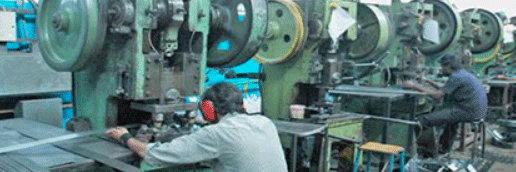New Delhi: The Union Government on Thursday informed Lok Sabha that 120 MSME units in Odisha have been closed down during the past three years.
Replying to an unstarred question of BJD MP Mahesh Sahoo, Union MoS for MSME, Bhanu Pratap Singh Verma said 120 micro enterprises have been shut down in the State during the period April 1, 2019 and July 15, 2022, as per the Udyog Aadhaar Memorandum and Udyam Registration data.
Highest 25 such units were closed down in Khurda district, followed by Puri district where 12 such units were shut down. Similarly, 11 micro business units in Cuttack and 10 in Ganjam district closed down during the period when Covid-19 pandemic had ruined the country’s economy.
The Minister also said that 2,915 persons have lost their employment due to closure of the MSME units in the State. While 2,030 persons have lost jobs in Khurda district, 408 persons in Keonjhar district became unemployed due to closure of just five units in the mining district.
Moreover, 65 persons in Cuttack district and 49 in Ganjam district lost their employment due to closing down the MSME units during the three years.
As per the reply of Mr.Verma, there are 1,91,604 MSME unit in Odisha as on July 15, 2022. Out of which, 1,83,954 are micro units, 7,105 small and 545 medium enterprises.
Highest 27,580 MSME units are there in Khurda district. It was followed by Cuttack district with 19,509 units and Ganjam district with 16,600 units. Deogarh district is at the bottom of the list with 918 MSME units.
Mineral-rich Sundergarh and Keonjhar districts have 10,495 and 8,596 MSME units, respectively.
Mr.Verma also informed the Lok Sabha that National Small Industries Corporation (NSIC) under Ministry of Micro, Small and Medium Enterprises (MSME) had conducted a study during August, 2020 with a sample size of 5,774 MSMEs, across 32 States/UTs.
During the study, it was found that 91 per cent of MSMEs were functional and five most critical problems faced by MSMEs were identified as liquidity (55 per cent units), fresh orders (17 per cent units), labour (9 per cent units), logistics (12 per cent units) and availability of raw materials (8 per cent units).


